By Christopher Miskimon
 King Edward III of England placed his army on high ground where the Hesdin Road passes alongside the Forest of Crecy on August 26, 1346. Where the road crossed the high ground, there were more woods atop a hillock. Edward centered his force between these two woods. He also closed off open spaces with his wagons, turning them on their side to form a wall.
King Edward III of England placed his army on high ground where the Hesdin Road passes alongside the Forest of Crecy on August 26, 1346. Where the road crossed the high ground, there were more woods atop a hillock. Edward centered his force between these two woods. He also closed off open spaces with his wagons, turning them on their side to form a wall.
His men were tired from marching and the wall furnished extra protection. His army is believed to have comprised 2,500 men-at-arms, 8,700 archers, and 2,700 spearmen. They faced 20,000 French troops. The French chose to attack, and they were soundly defeated. Edward decisively overcame a larger force in one of medieval warfare’s greatest battles.
In this new work, the author argues that much of what is accepted about the contest of arms at Crecy is likely wrong. He uses archived manuscripts, satellite data, and traditional field work to create a new view of the battle. He then makes an effective case for his account of the battle and his conclusions.
He also explains how he found the location of the battlefield during his archaeological study.
Crecy: Battle of Five Kings (Michael Livingston, Osprey Books, Oxford UK, 2022, 303 pp., maps, photographs, appendices, notes, bibliography, index, $30.00, hardcover)

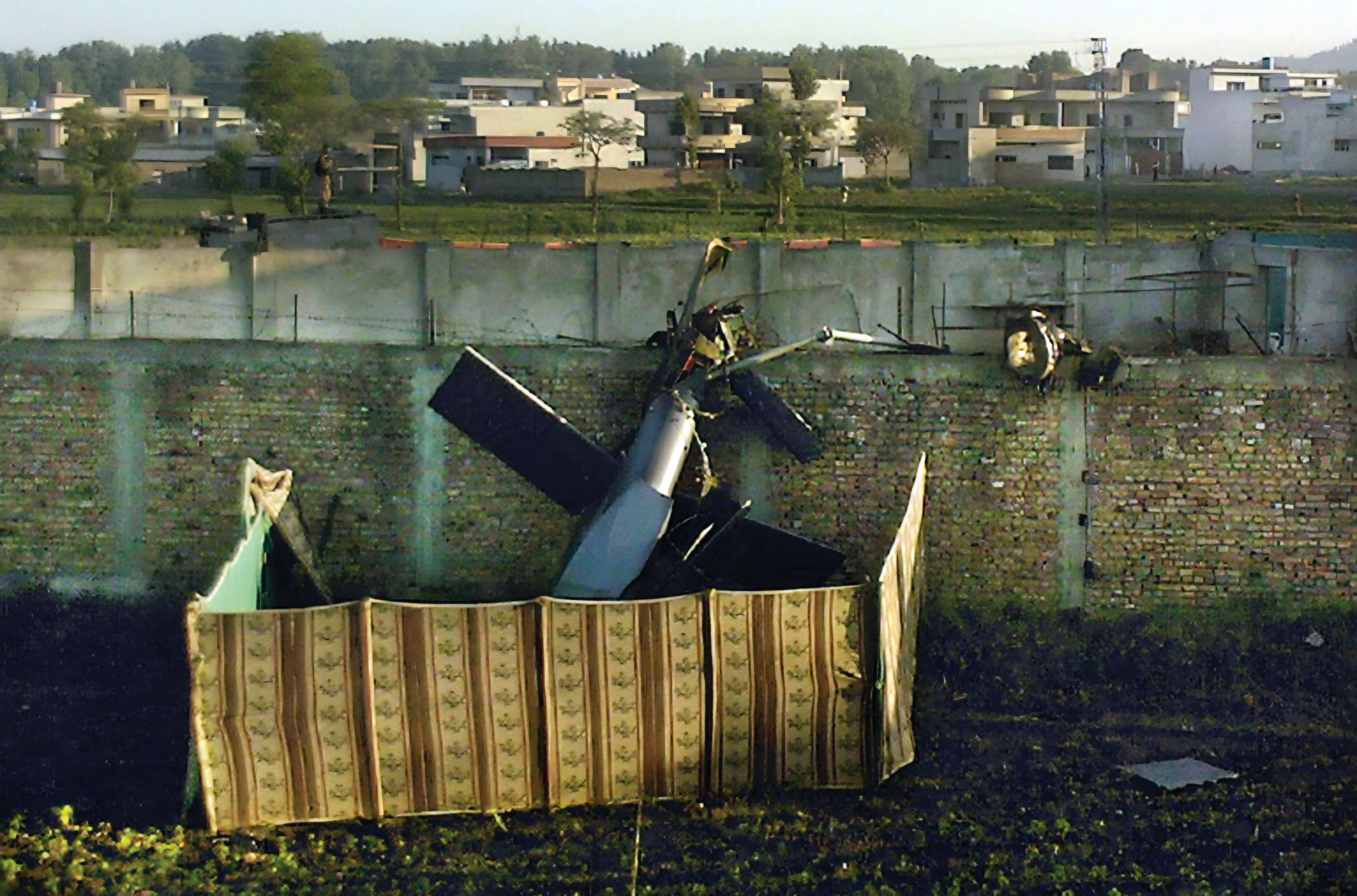
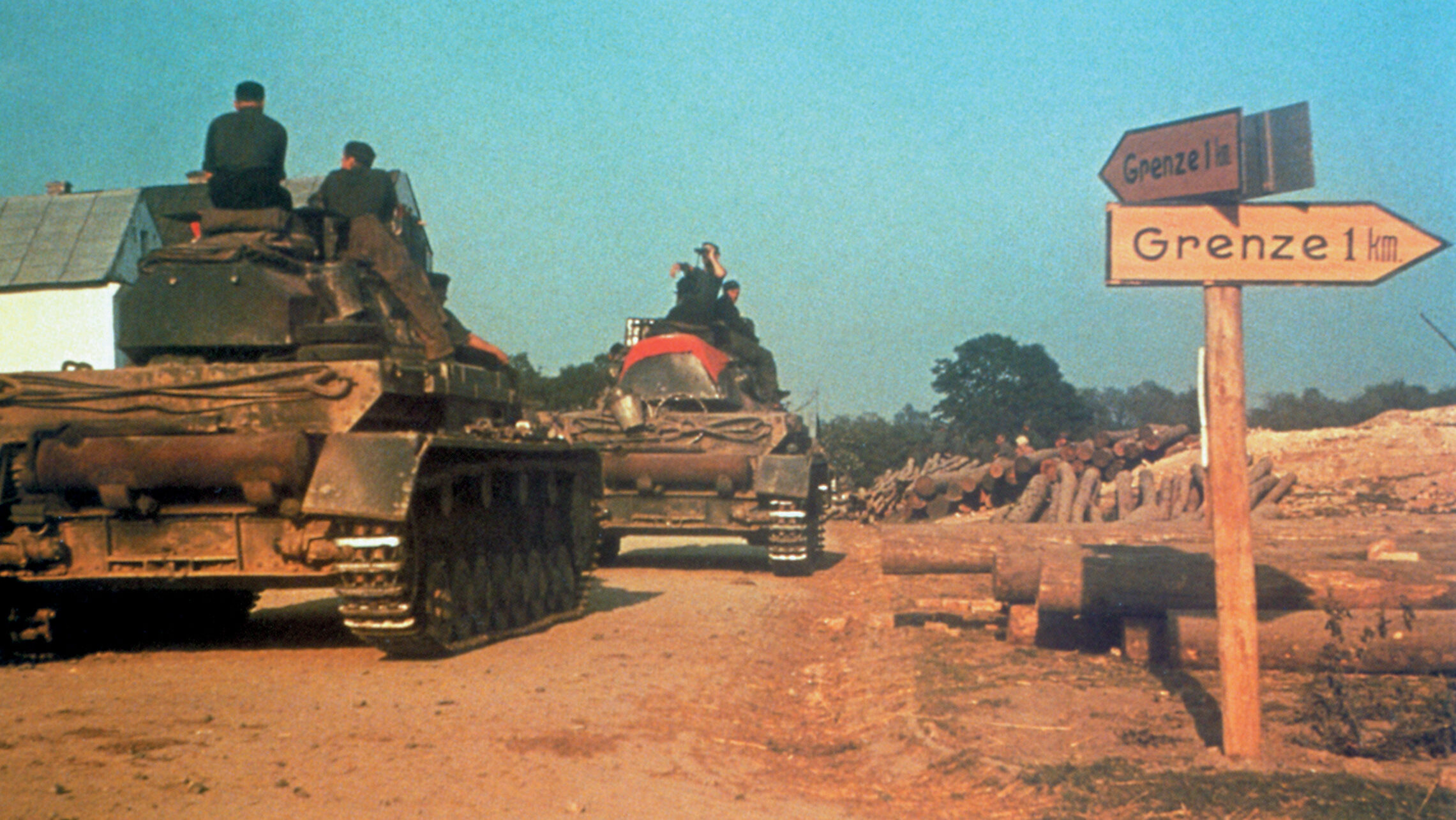


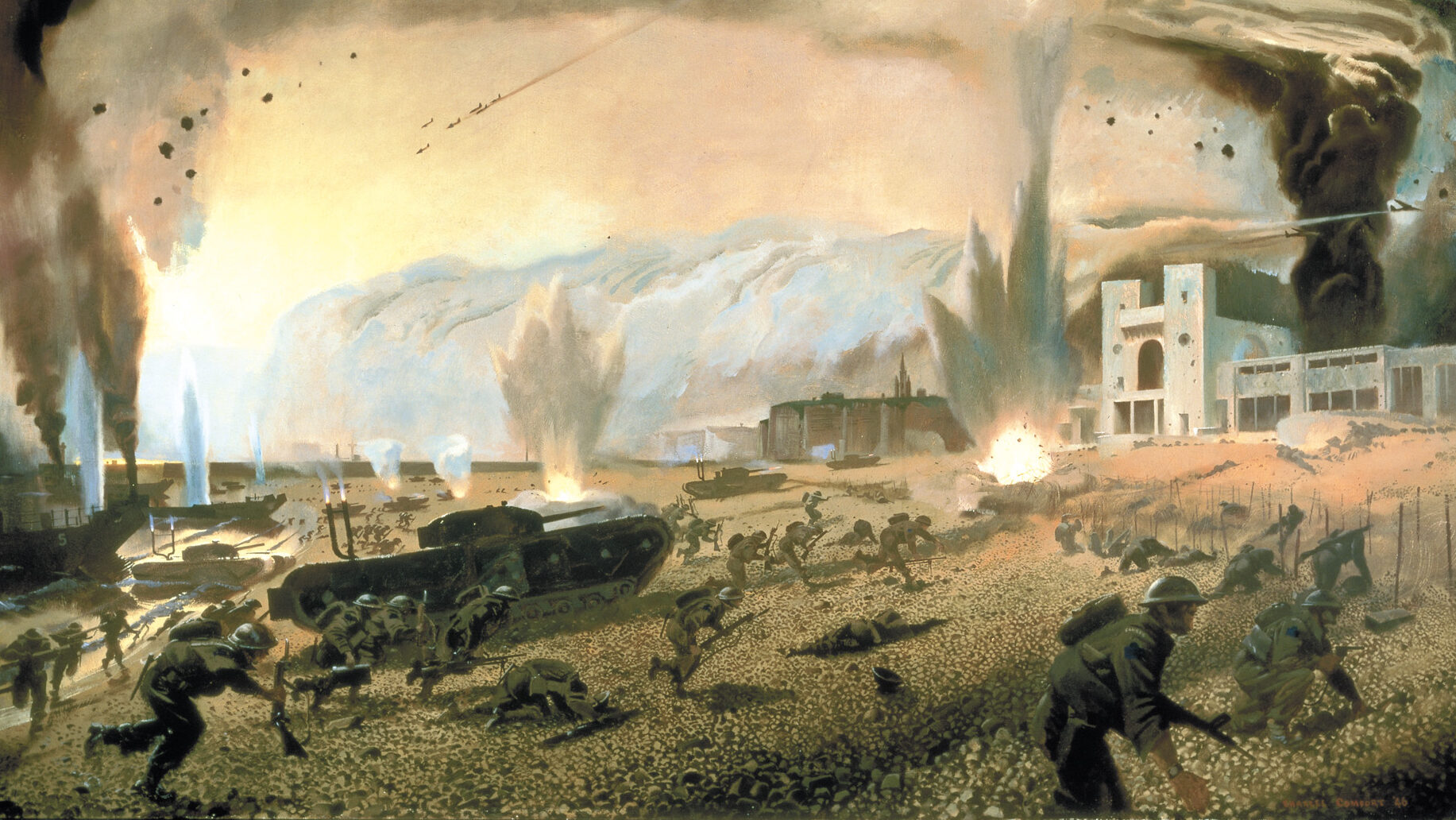

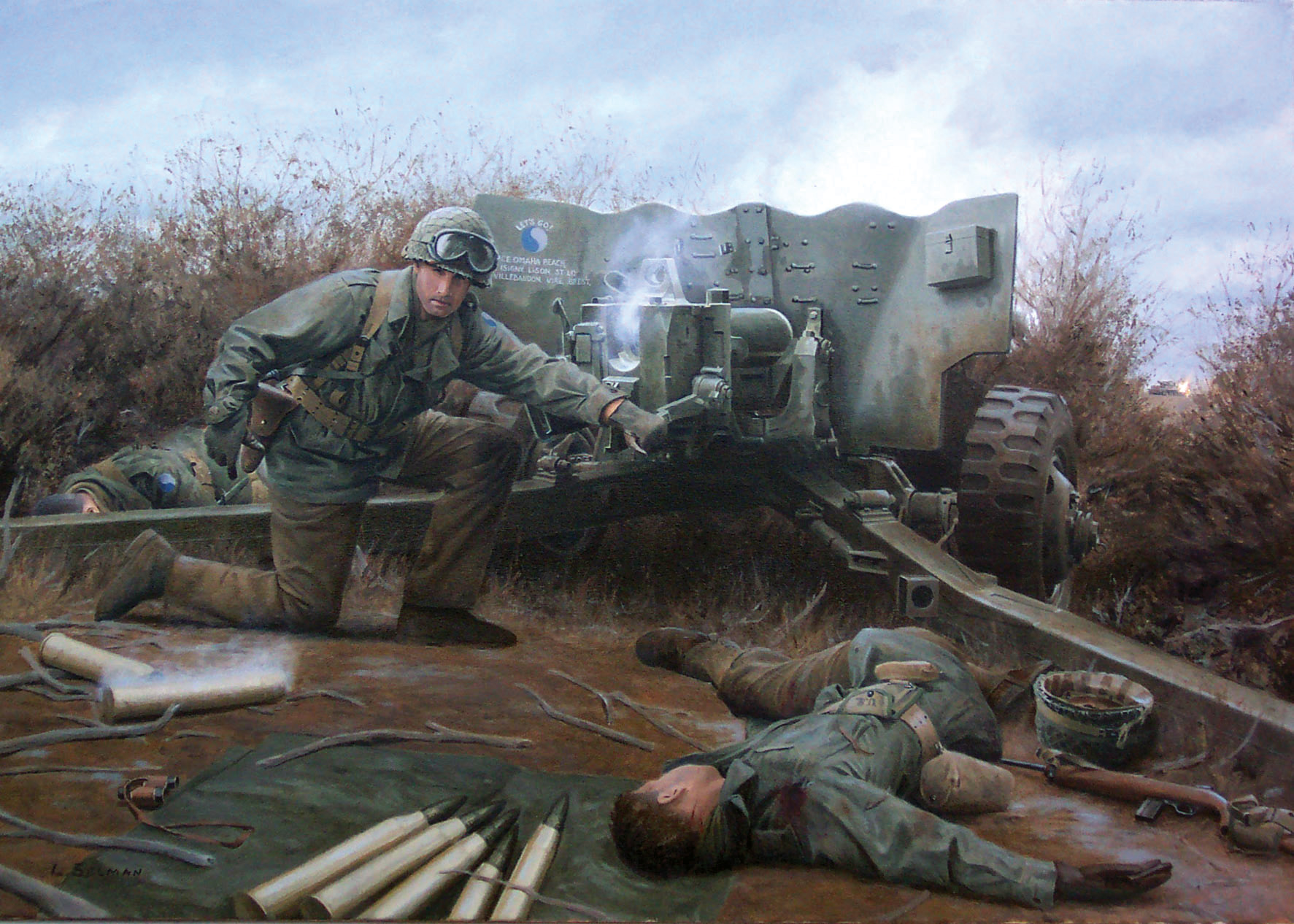
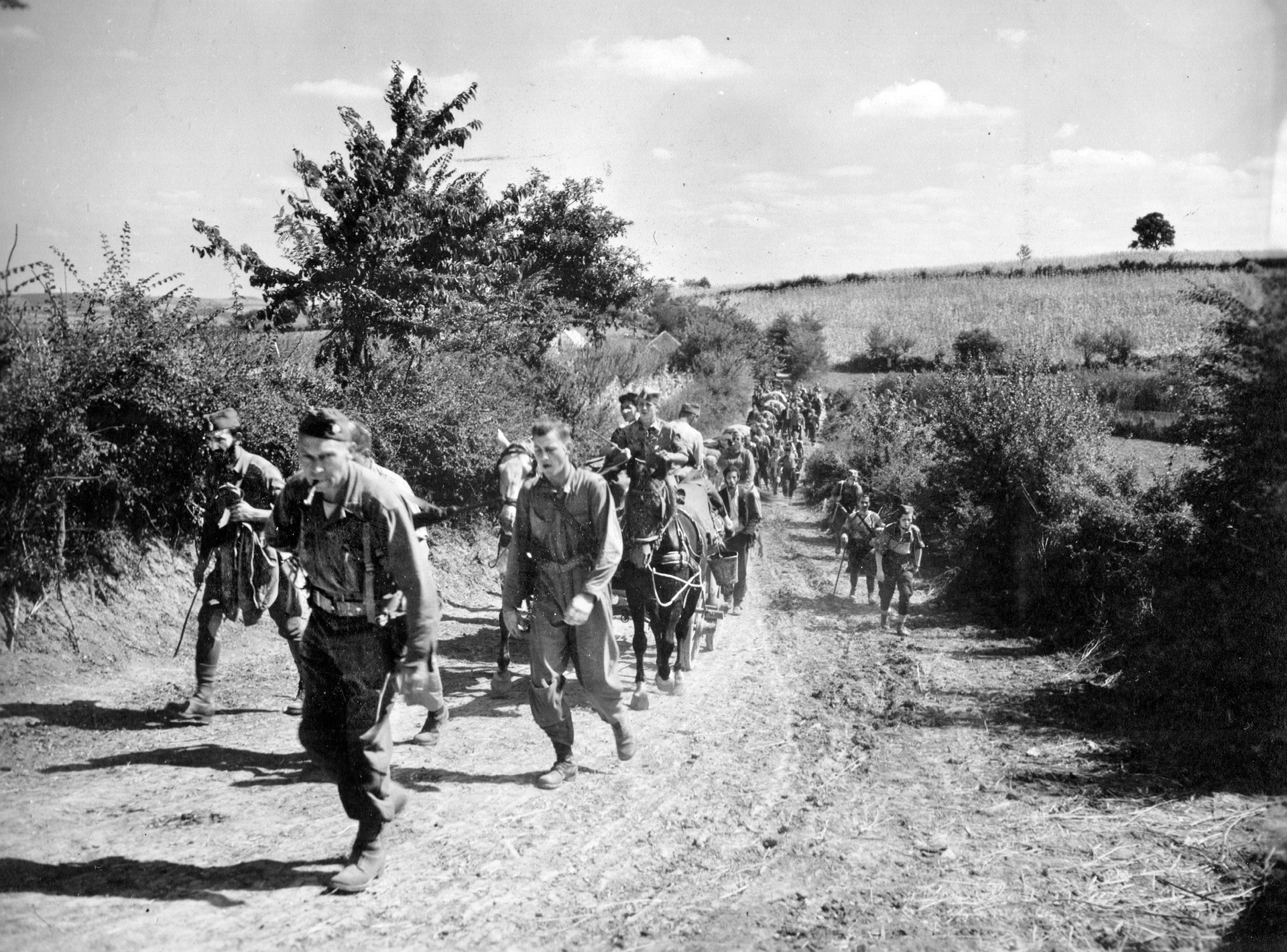
Join The Conversation
Comments
View All Comments